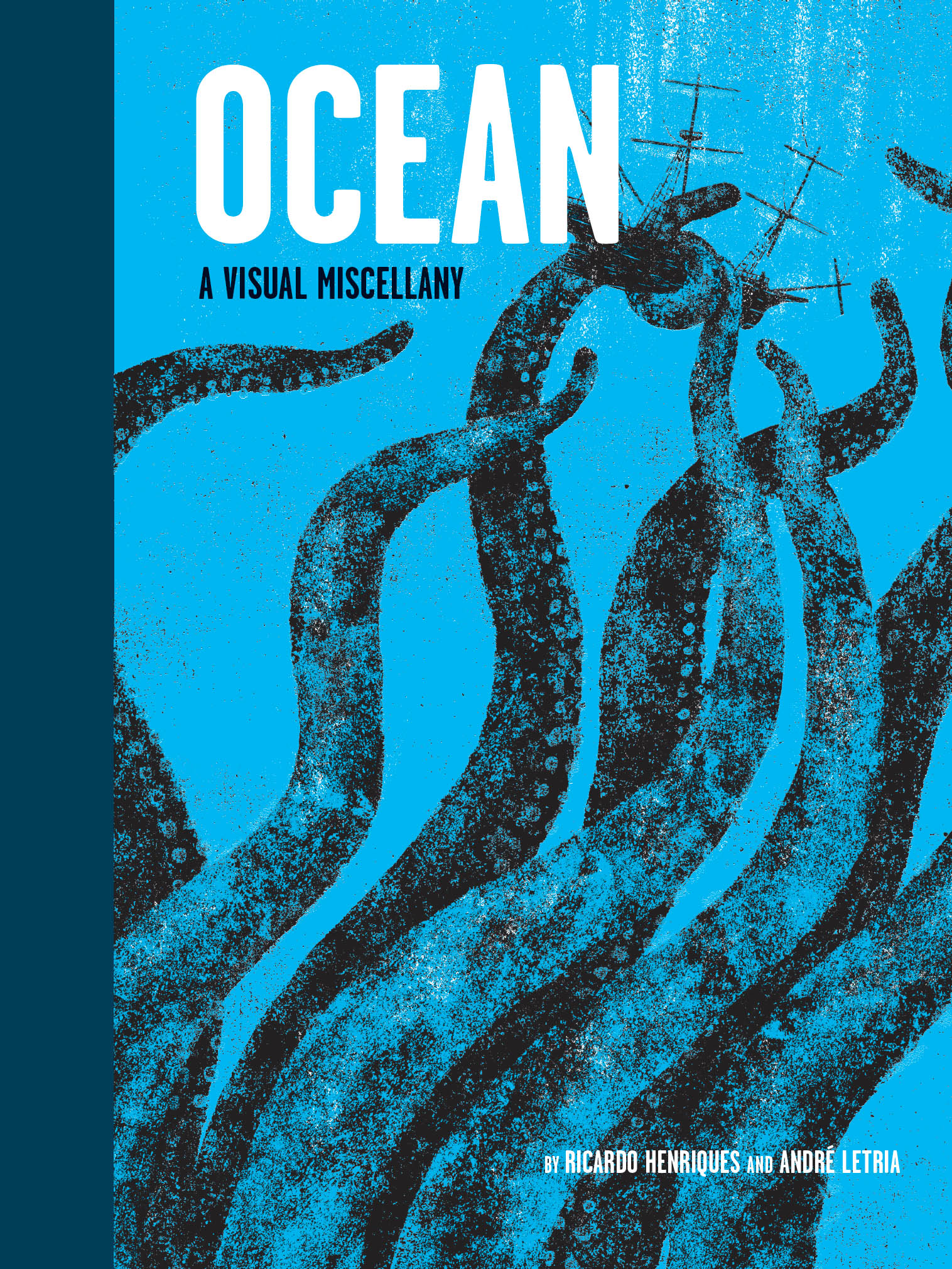


Dedicated to all sailors, even those who just wet their fingers before turning a page.R. H.
To my grandmother Madalena and to JoanaA. L.

First hardcover edition published in the United States of America in 2018 by Chronicle Books LLC.
Originally published in Portugal in 2012 by Pato Lgico Edies, Lda.
Text copyright 2012 by Ricardo Henriques.
Illustrations copyright 2012 by Andr Letria.
English translation copyright 2018 by Chronicle Books LLC.
All rights reserved. No part of this book may be reproduced in any form without written permission from the publisher.
Library of Congress Cataloging-in-Publication Data available.
ISBN 978-1-4521-5526-5 (hc)
ISBN 978-1-4521-5833-4 (epub, mobi)
Design by Jennifer Tolo Pierce.
Typeset in Sabon LT Std and Garage Gothic.
Chronicle Books LLC
680 Second Street
San Francisco, California 94107
Chronicle Bookswe see things differently. Become part of our community at www.chroniclekids.com.
If you look at a map of the earth, you will find many seas and oceans, but there is really just one world or global ocean.
Seas are areas of the ocean that are partly enclosed by land.
Landlocked bodies of water, such as the Caspian Sea and the Dead Sea, are often called seas, but these are actually saltwater lakes.
The ocean covers nearly 71 percent of the earths surface. It is the largest known inhabited space in our universe.
97 percent of the earths water is found in our oceans. And oceans produce more than half of the oxygen in our atmosphere.
But, really, seawater is colorless. It just looks blue because of how it absorbs the different colored waves in sunlight.
 What does sea spray smell like? Does it smell like grilled sardines with salt? Wet sand? And mussels? That is what the sea smells like to me. How would you describe it?
What does sea spray smell like? Does it smell like grilled sardines with salt? Wet sand? And mussels? That is what the sea smells like to me. How would you describe it?
Because the salt in seawater makes the water denser than fresh water, many things that will sink in a lake or a river (or the bathtub) will float in the sea.
The deepest point in the ocean is called the CHALLENGER DEEP . It is almost 7 miles (11 kilometres) deep and can be found in the Mariana Trench, in the Pacific Ocean. The first images of the Mariana Trench were taken in 2012 when movie director James Cameron piloted a one-person submersible with 3-D cameras as part of the National Geographic Societys Deepsea Challenge expedition.
On average the ocean is more than 2 miles (3 kilometres) deep.
The underwater ridges that run along the bottom of the oceans form the largest mountain range on earth.
 Close your eyes. Could you catch your dinner if you were in complete darkness?
Close your eyes. Could you catch your dinner if you were in complete darkness?
A GIGANTURA is a deep-sea fish also known as a telescope fish, because its eyes are like powerful telescopes that help it find food in the dark waters where it lives.

WHAT ARE THE MAJOR OCEANS?
Traditionally, the Atlantic, Pacific, Indian, and Arctic have been known as the four oceans. However, today the Southern, or Antarctic, is usually recognized as the fifth ocean. The Pacific , Atlantic , and Indian are known as the three major oceans .

PACIFIC OCEAN
The largest ocean basin is the Pacific. All of the worlds continents could fit into the Pacific basin. It covers more than 60 million square miles (155 million square kilometres) and holds more than half of the open water on earth.
The Pacific Ocean was named by Portuguese navigator Ferdinand Magellan in 1520. Pacific means peaceful.
 See the map above? Which sea is nearest to your home?
See the map above? Which sea is nearest to your home?
ATLANTIC OCEAN
The Atlantic Ocean is the second largest ocean basin in the world. Slightly more than half the size of the Pacific Ocean, it covers approximately 20 percent of the earths surface. The Atlantic Ocean is named after the Greek god Atlas. It plays an important role in controlling the earths climate.
INDIAN OCEAN
The Indian Ocean covers almost 20 percent of the earths total surface. It is the warmest ocean in the world, and because of this, it has a much more limited range of wildlife. But it does have many of the worlds most important ports and is very rich in minerals and oil. It also features an underwater microcontinent, called the Kerguelen Plateau.
SOUTHERN OCEAN
The Southern Ocean, also known as the Antarctic Ocean, is the fourth largest ocean. In winter over half the Southern Ocean is covered with ice. Beneath the surface of the Antarctic ice, the water temperature can be as cold as 28 Fahrenheit (2 Celsius).
ARCTIC OCEAN
The Arctic Ocean is the smallest of the worlds ocean basins. It is about one and a half times as big as the United States. For most of the year, the Arctic Ocean is almost completely covered with ice. The average thickness of the Arctic ice sheet is about 6 feet (2 metres).
Some fish in cold Antarctic waters have natural antifreeze in their blood so they dont freeze.

The word Watercraft refers to a wide range of vessels that travel on or under water. All boats are watercraft, but not all watercraft are boats.

GALLEY
Galleys were ships that were propelled by both sails and rowers.
GALLEON
Galleons were large ships built mostly by the Spanish and Portuguese in the 15th18th centuries. They were used first as warships and then as trading vessels. The Flying Dutchman is a ghost galleon from nautical folklore that is said to be condemned to cross the seas for eternity.
CARRACK
A carrack is a large ship with three to four masts that was developed in 14th- and 15th-century Europe. The name may have come from the Arab word harraqa.
TUGBOAT
Tugboats have many jobs but are best known for towing or pushing a vessel to help it dock or leave port.

 Get drawing! Sketch your very own boat design.
Get drawing! Sketch your very own boat design.
ICEBREAKER
Icebreakers are ships designed to glide over the top of ice, then break down through it to clear a passageway. The biggest icebreaker in the world is the Russian ship
Next page


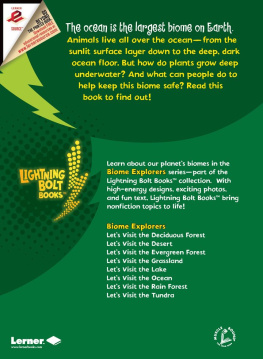
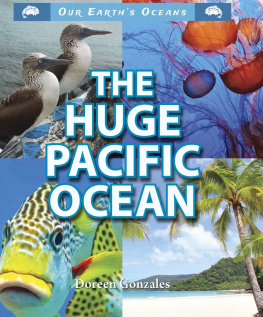

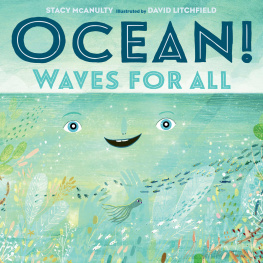
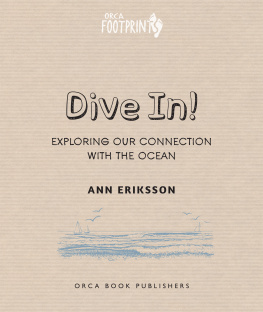
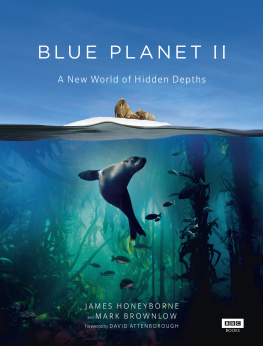
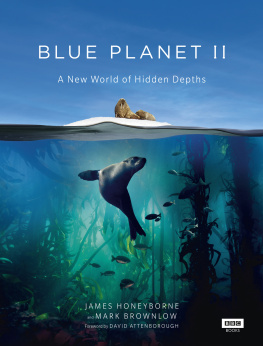
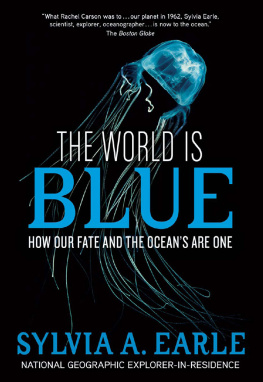




 What does sea spray smell like? Does it smell like grilled sardines with salt? Wet sand? And mussels? That is what the sea smells like to me. How would you describe it?
What does sea spray smell like? Does it smell like grilled sardines with salt? Wet sand? And mussels? That is what the sea smells like to me. How would you describe it?



